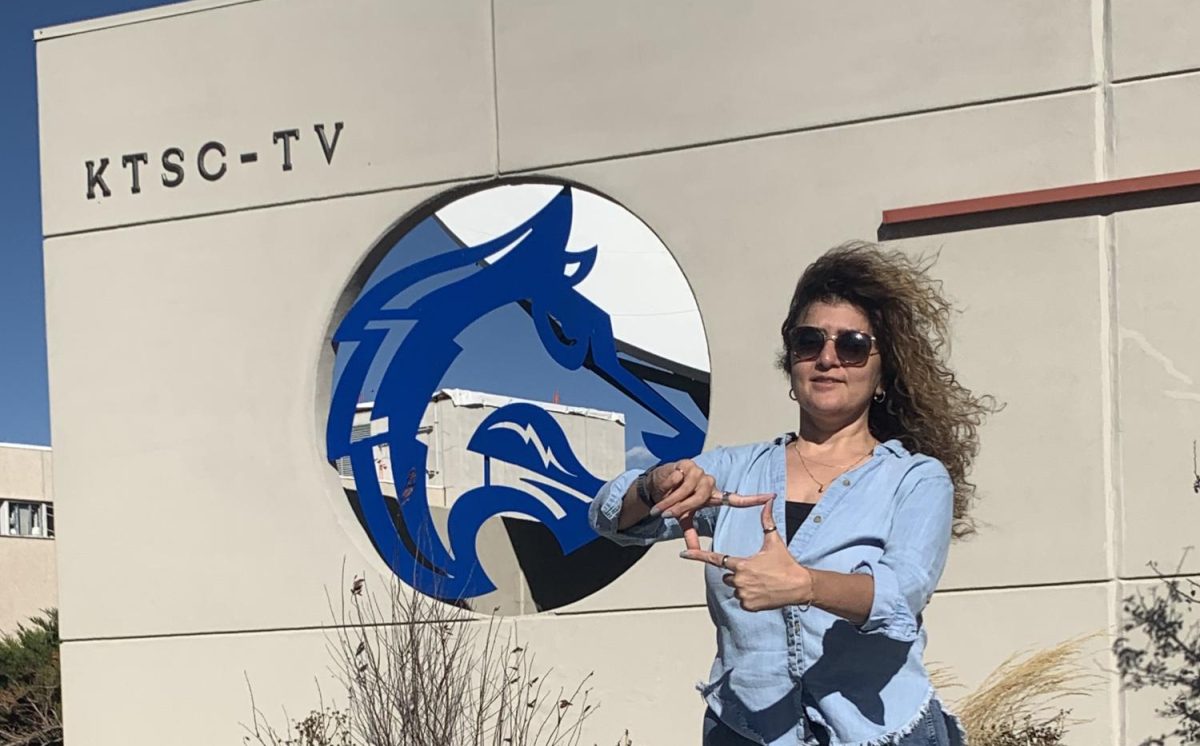NASA says drier climate means more wildfires

WASHINGTON – By the end of the century, some places across the U.S. may be drier than California is during this year’s drought, according to recent NASA projections. That means more of the country will be prone to more devastating wildfires.
“Across the most important burning regions, there’s been a trend toward warming and drying conditions during the fire season,” NASA’s forest carbon expert, Douglas Morton, said Thursday at a discussion about climate and wildfires in the 21st century at the Library of Congress.
The most important component in areas where wildfires are likely is increasingly drier conditions, he said. And as dryness has increased, so have wildfires.
More than half of California’s top 20 largest wildfires have occurred in the 21st century and have burned nearly 2.3 million acres, according to California’s Department of Forestry and Fire Protection.
“This question of how do extreme events come out of our fire projections is one of the sort of frontiers of climate science,” Morton said, “and one of the ways in which we’re trying to take the most recent climate projections and look at them through the lens of the fire activity.”
Last year, 47,579 wildfires burned 4.3 million acres across the U.S., according to the National Interagency Fire Center. 2013 was considered a quiet year for wildfires, especially compared to 2012 when 67,774 wildfires burned more than 9.3 million acres.
In 2012, Colorado lost more than 600 homes in wildfires. Damage estimates total $567.4 million, according to the Rocky Mountain Insurance Information Association.
Data from 12 NASA satellites give researchers information related to climate and how it’s affected by wildfires and vice versa.
“This type of Earth science fundamentally depends on having a time series of satellite information,” Morton said.
Large-scale climate changes, such as surface temperature changes in the ocean, can affect weather patterns, Morton said. That means some areas experience more than average amounts of rain and others get very dry, which is the perfect condition for fire. That information can be tracked via satellite.
The way climate affects wildfires is important, Morton said. It makes predicting wildfires easier.
Scientists using sea surface temperature research were able to explain 70 percent of variability in fire activity in the Amazon Rainforest, where Morton does much of his research. Sea surface temperatures affect El Niño rains, which affect dryness in a region.
They were able to reproduce patterns NASA satellite observations made in low-fire and high-fire years and noticed that the relationship was strongest three to six months before fire season.
By knowing that information, he said, policy makers, resource managers officials would have the opportunity to allocate resources to regions that might be most affected.







